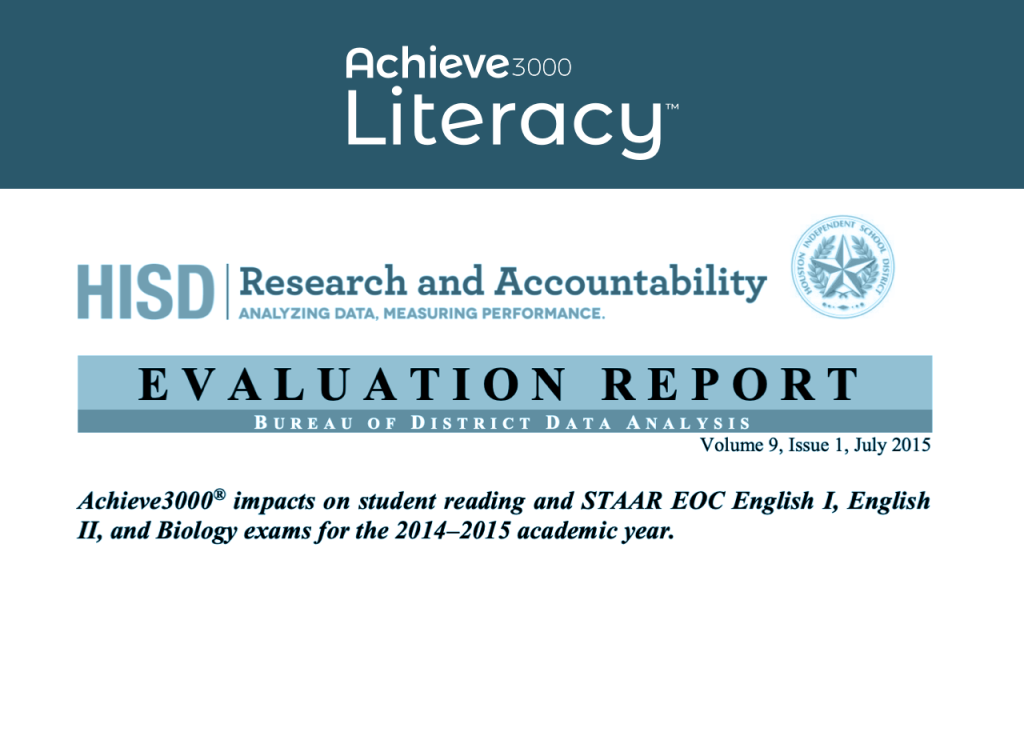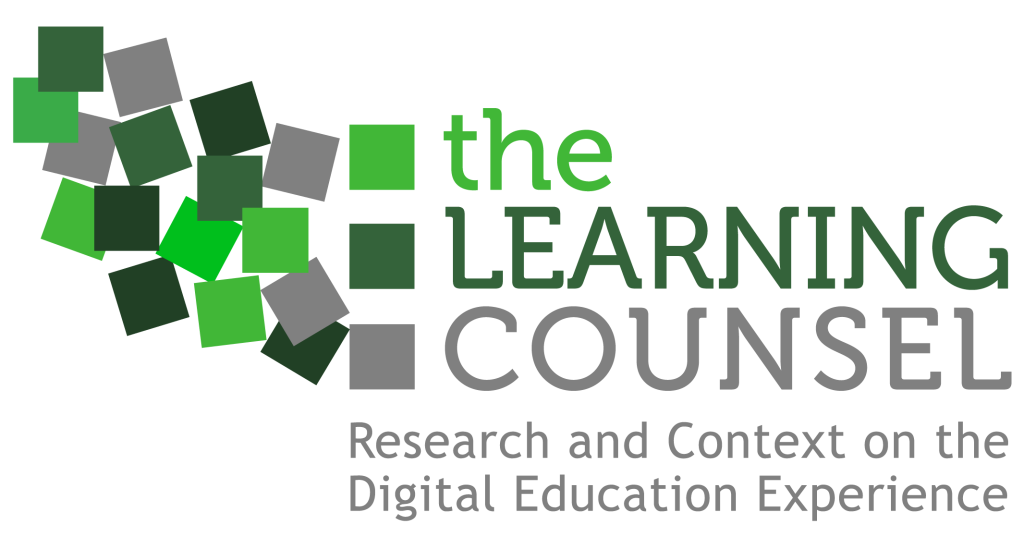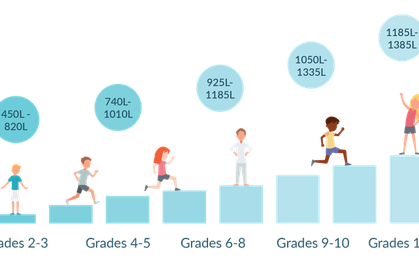The Houston Independent School District completed a 2015 study focused on ninth and tenth graders to assess the impact derived from the use of Achieve3000’s reading solutions on students’ scale score performance on the State of Texas Assessment of Academic
The first full school year of remote, in-person, or hybrid model of instruction during the COVID-19 era is finally behind us. Now that the dust is settling on that tumultuous time for students, teachers, parents, and administrators, we need to reflect and dissect the cases of perseverance and success and how they came about so that we can be ready to grapple with the challenges that we will surely meet going forward.
In this episode, you’ll hear student, educator, and edtech industry perspectives on the role of technology in increasing educational access.
This presentation begins with Paul Richins, Regional Director at Achieve3000, a best of class digital solutions company that helps increase and enhance learning acceleration. Since 2001, they have helped millions of students and hundreds of thousands of teachers in every state and 48 countries.
Located in the landmark 400,000 square-foot San Diego Public Library, e3 opened in the fall of 2013 with an initial class of 265 ninth and tenth graders. Today, approximately 420 students from more than 35 zip codes are enrolled at e3...
Achieve3000 Named SIIA Education Technology 2019 CODiE Award Finalist for Best Reading/Writing/Literature Instructional Solution for Grades 9-12 & Higher Education ACTIVELY LEARN earns prestigious industry recognition
In late 2019, we started seeing stories about a mysterious new virus in the Wuhan region of China. Three months later, that virus has become a global pandemic affecting 868,100 people in at least 171 countries infected and at least 43,000 dead...
Companies working together to deepen and extend their reach and impact by helping more students increase their educational opportunities
Michael Ballone, director of curriculum for the K-8 Marlboro Township Public Schools in New Jersey, has a clear idea of what most literacy instruction gets wrong: it only serves struggling readers. “I think every child needs to have some kind of reading intervention,” says Ballone, a former seventh-grade English teacher. “It might mean acceleration or it might mean remediation. If it means we need to give students material one, two or three grade levels above what they are reading in order for them to progress, that’s what we do.”






